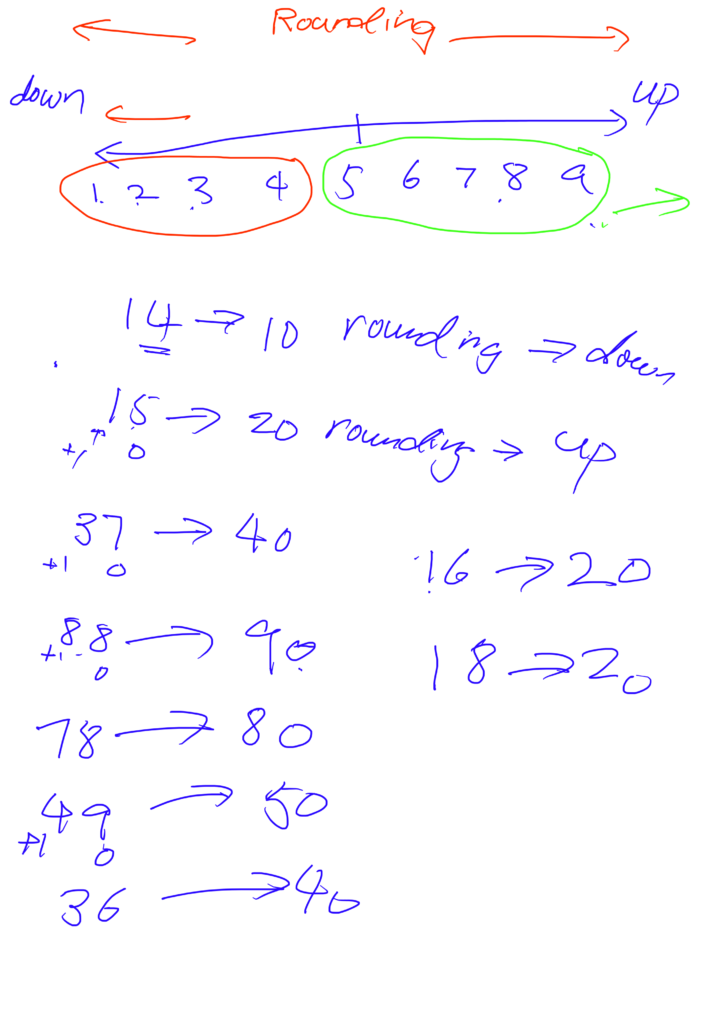Understanding Dyslexia: Causes, Prevalence, Symptoms, and Treatments
Dyslexia, a learning disorder primarily affecting reading, writing, and spelling, has garnered significant attention from educators, scientists, and healthcare providers worldwide. While it doesn’t impact intelligence, it poses challenges in academic and everyday tasks, making early identification and intervention crucial. In this passage, we explore the causes, prevalence, symptoms, and treatments for dyslexia, with a specific focus on resources available in Singapore.
Causes of Dyslexia
The exact causes of dyslexia remain elusive, but research suggests a combination of genetic, neurological, and environmental factors contributes to its development.
1. Genetic Factors
Studies show that dyslexia often runs in families. Specific gene variations linked to language and reading skills are associated with the disorder. If a parent has dyslexia, there is a higher likelihood their child may also have it.
2. Neurological Differences
Brain imaging studies reveal structural and functional differences in individuals with dyslexia. These differences often involve areas of the brain responsible for processing language, such as the left hemisphere’s temporoparietal and occipitotemporal regions.
3. Environmental Influences
Prenatal and perinatal factors, including low birth weight, premature birth, or exposure to nicotine and alcohol during pregnancy, can increase the risk of dyslexia. Early language development and exposure to rich linguistic environments also play a role in mitigating or exacerbating the condition.
Dyslexia Statistics: Global and Singaporean Context
1. Global Statistics
Globally, dyslexia affects approximately 5-10% of the population, though estimates vary due to differences in diagnostic criteria and awareness levels across countries. This means hundreds of millions of people worldwide face challenges associated with the condition.
2. Statistics in Singapore
In Singapore, studies estimate that about 4-10% of school-going children have dyslexia. The Dyslexia Association of Singapore (DAS) reports a steady increase in awareness and diagnoses over recent years. This rise may reflect greater public understanding and improved screening processes rather than an actual increase in prevalence.
Typical Symptoms of Dyslexia
Dyslexia manifests differently depending on age and severity, but common symptoms include:
1. Preschool and Early Childhood
- Delayed speech and language development.
- Difficulty learning the alphabet or associating sounds with letters.
- Problems with rhyming or recognizing phonetic patterns.
2. School-Age Children
- Trouble reading accurately and fluently.
- Frequent spelling mistakes and difficulty writing coherent sentences.
- Reversing letters or numbers, such as confusing ‘b’ with ‘d’.
- Avoidance of reading tasks and struggles with comprehension.
3. Adolescents and Adults
- Difficulty with advanced reading tasks and understanding nuanced texts.
- Problems with time management and organization.
- Challenges in recalling specific terms or names.
- Persistent spelling errors and slow reading speed.
Typical Treatments for Dyslexia
Although dyslexia cannot be “cured,” effective treatments can help individuals manage symptoms and improve their skills. These treatments often involve tailored interventions and supportive tools.
1. Educational Interventions
- Structured Literacy Programs: These involve systematic and explicit instruction in phonemic awareness, phonics, vocabulary, fluency, and comprehension.
- Multisensory Teaching: This approach uses visual, auditory, and kinesthetic-tactile methods to enhance learning.
2. Assistive Technology
- Text-to-Speech Software: Converts written text into spoken words to aid comprehension.
- Speech-to-Text Tools: Helps individuals transcribe their thoughts into written form.
- Specialized Apps: Apps like Dyslexia Quest and Ghotit support learning and writing for dyslexic users.
3. Psychological Support
- Counseling: Addresses the emotional and social challenges associated with dyslexia, such as low self-esteem and anxiety.
- Behavioral Therapy: Helps develop coping mechanisms and resilience.
4. Parental and Teacher Involvement
- Parents and teachers play a critical role by providing consistent encouragement and using supportive strategies at home and in school. Regular communication between families and educators ensures a unified approach to managing the condition.
Treatment Options Available in Singapore
Singapore offers a range of specialized services and resources for individuals with dyslexia, reflecting its commitment to inclusive education and support.
1. Dyslexia Association of Singapore (DAS)
The DAS is a leading organization providing comprehensive services for individuals with dyslexia. Key offerings include:
- Specialist Tutoring: Tailored educational programs focusing on literacy and numeracy skills. Learn more here.
- Early Intervention Programmes: For preschoolers displaying signs of dyslexia. Details available here.
- Specialized Assessments: Diagnostic evaluations to identify dyslexia and recommend suitable interventions. Access assessment information here.
2. Government and School-Based Support
- Ministry of Education (MOE): The MOE collaborates with schools to provide additional support, such as Learning Support Coordinators and Specialised Educational Needs (SEN) officers. Visit the MOE SEN support page.
- School-Based Literacy Programs: Many schools offer customized literacy programs to help students overcome reading and writing difficulties.
3. Private Clinics and Therapy Centers
- Several private centers in Singapore specialize in dyslexia treatment, offering one-on-one tutoring, speech therapy, and psychological services.
4. Community and Peer Support
- Support Groups: Organizations like DAS host regular workshops and support sessions for parents and educators. Learn about DAS workshops here.
- Public Libraries and Educational Resources: National libraries in Singapore offer dyslexia-friendly books and materials, promoting an inclusive reading culture. Discover resources at the National Library Board.
Conclusion
Dyslexia, while challenging, is a manageable condition with the right interventions and support systems in place. Advances in research and increasing public awareness have improved outcomes for individuals with dyslexia worldwide. In Singapore, organizations like DAS, along with governmental and private initiatives, provide comprehensive resources to help individuals achieve their full potential. Through continued collaboration among educators, healthcare professionals, and families, society can create a more inclusive environment where dyslexic individuals thrive.







